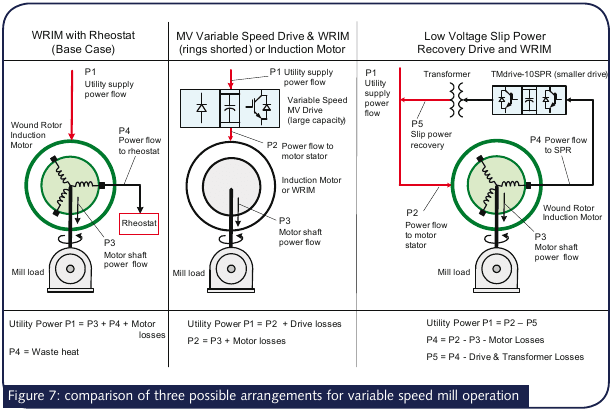For drive gurus
6.6 KV, 3200 KW, 340 Amps 1000 RPM, 50 Hz Motor. Rotor is 2700 V, 720 Amps. It is driving an induced draft (ID) fan.
Motor at present running at variable speeds by rotor resistance manipulation with a PWM slip power recovery system.
If we go for stator MV VFD operation, what would be the required MV drive capacity for this 3200 KW motor, and what would be the efficiency loss in the drive? Would it be more efficient than the present slip power recovery system?
Thanks in advance.
Muthu
6.6 KV, 3200 KW, 340 Amps 1000 RPM, 50 Hz Motor. Rotor is 2700 V, 720 Amps. It is driving an induced draft (ID) fan.
Motor at present running at variable speeds by rotor resistance manipulation with a PWM slip power recovery system.
If we go for stator MV VFD operation, what would be the required MV drive capacity for this 3200 KW motor, and what would be the efficiency loss in the drive? Would it be more efficient than the present slip power recovery system?
Thanks in advance.
Muthu

